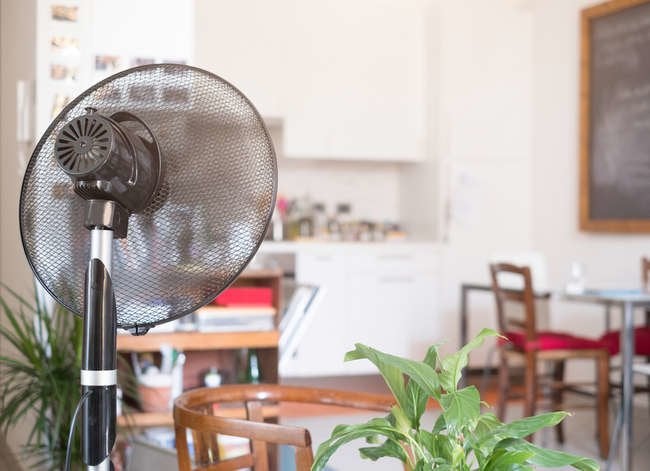

We may earn revenue from the products available on this page and participate in affiliate programs. Learn More ›
Home Advice You Can Trust
Tips, tricks & ideas for a better home and yard, delivered to your inbox daily.
Is the heat getting to you? Everyone knows that air conditioning can really put a dent in your summer utility costs. But not everyone knows about these simple, budget-minded ways to keep your cool. Read on for beat-the-heat suggestions to help you stay sane through the dog days of summer.
Create Outdoor Shade
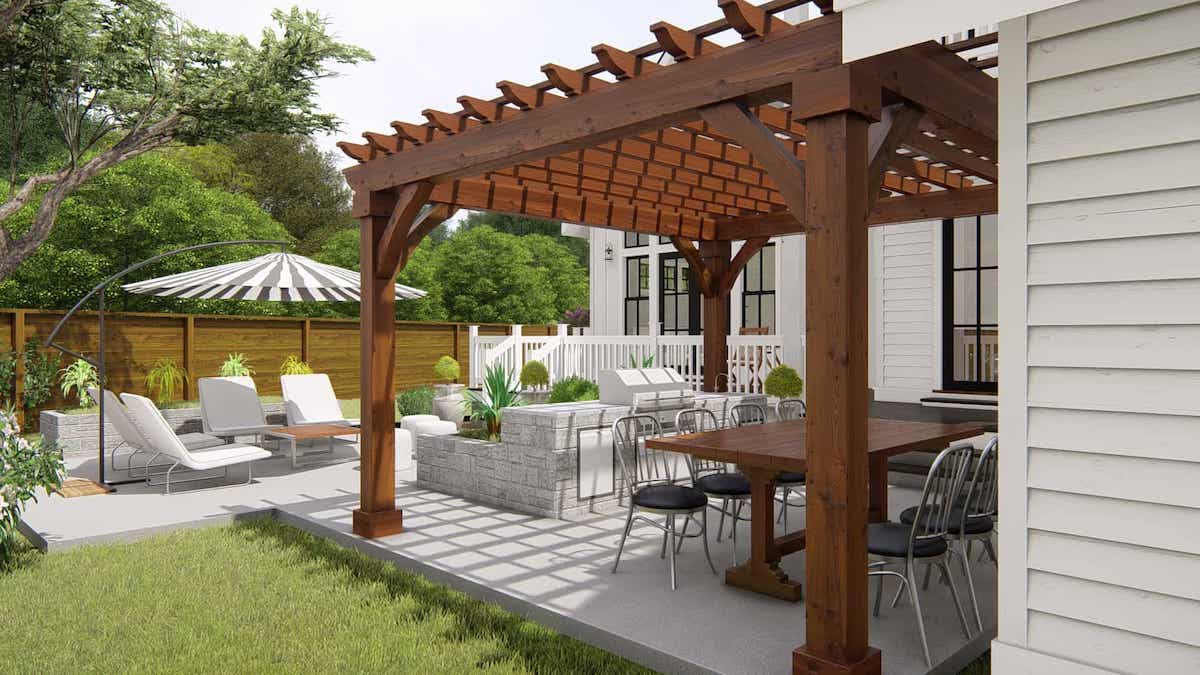
Photo: The Plan Collection
The advent of air conditioning has led many homeowners to disregard the low-tech coping strategies that worked decently well for people even in the recent past. Surround your home with shade-creating elements, such as landscaping, awnings, or trelliswork, to reduce the amount of solar heat gain within spaces indoors.
Bring Some Shade Indoors, Too
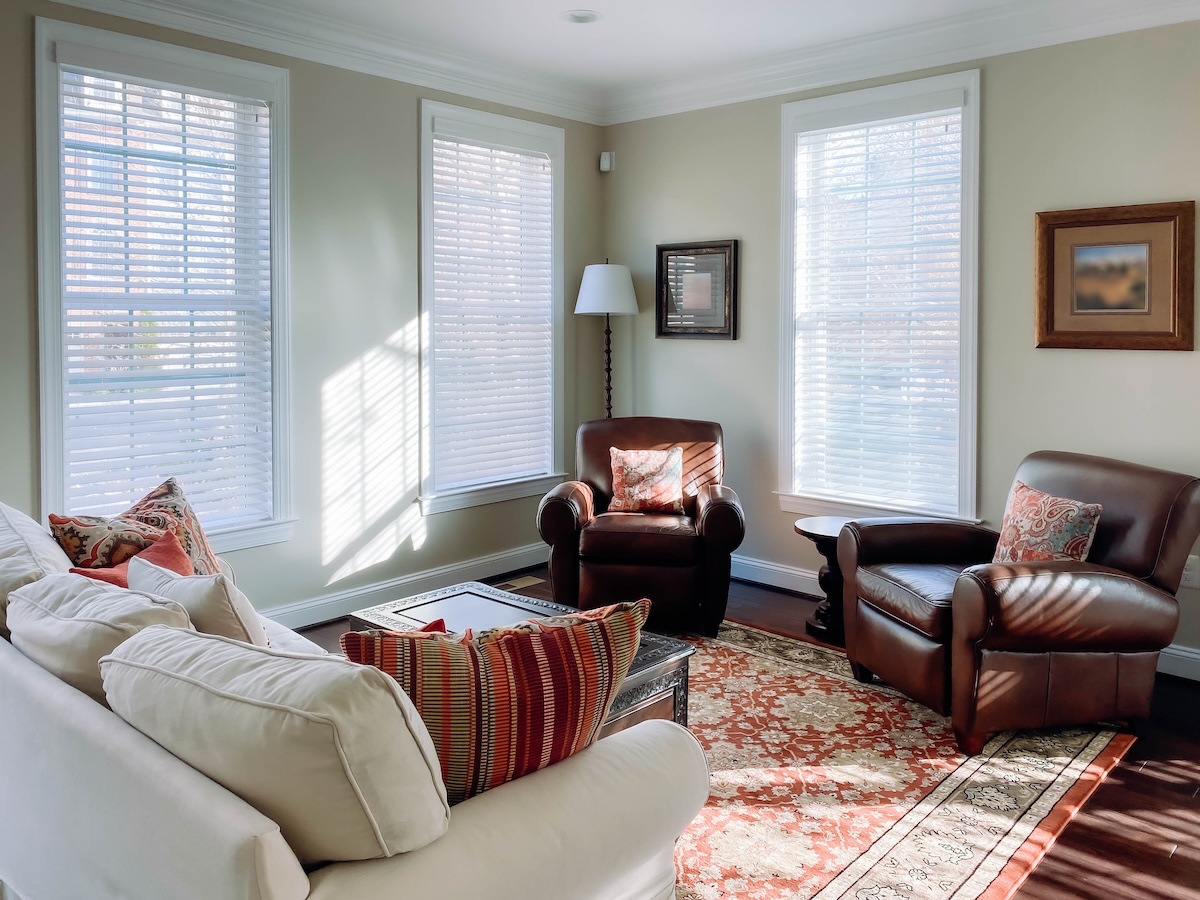
Photo: Grace Cary via Getty Images
Creating shade with the help of smart landscaping design is one thing, but don’t forget about shading your living space from the indoors, too. Draw the window blinds to keep the sun from heating the room and consider hanging heavier curtains to block the rays. Medium-colored drapes with a white backing are said to reduce heat gains by 33 percent.
Block Out the Rays

Photo: Amazon
Take your window coverings an extra step with sun-blocking window film. The simple DIY window treatment, which you can find on online or at any home repair store, is another option that will block heat-causing rays from warming your home.
Stack Open Windows
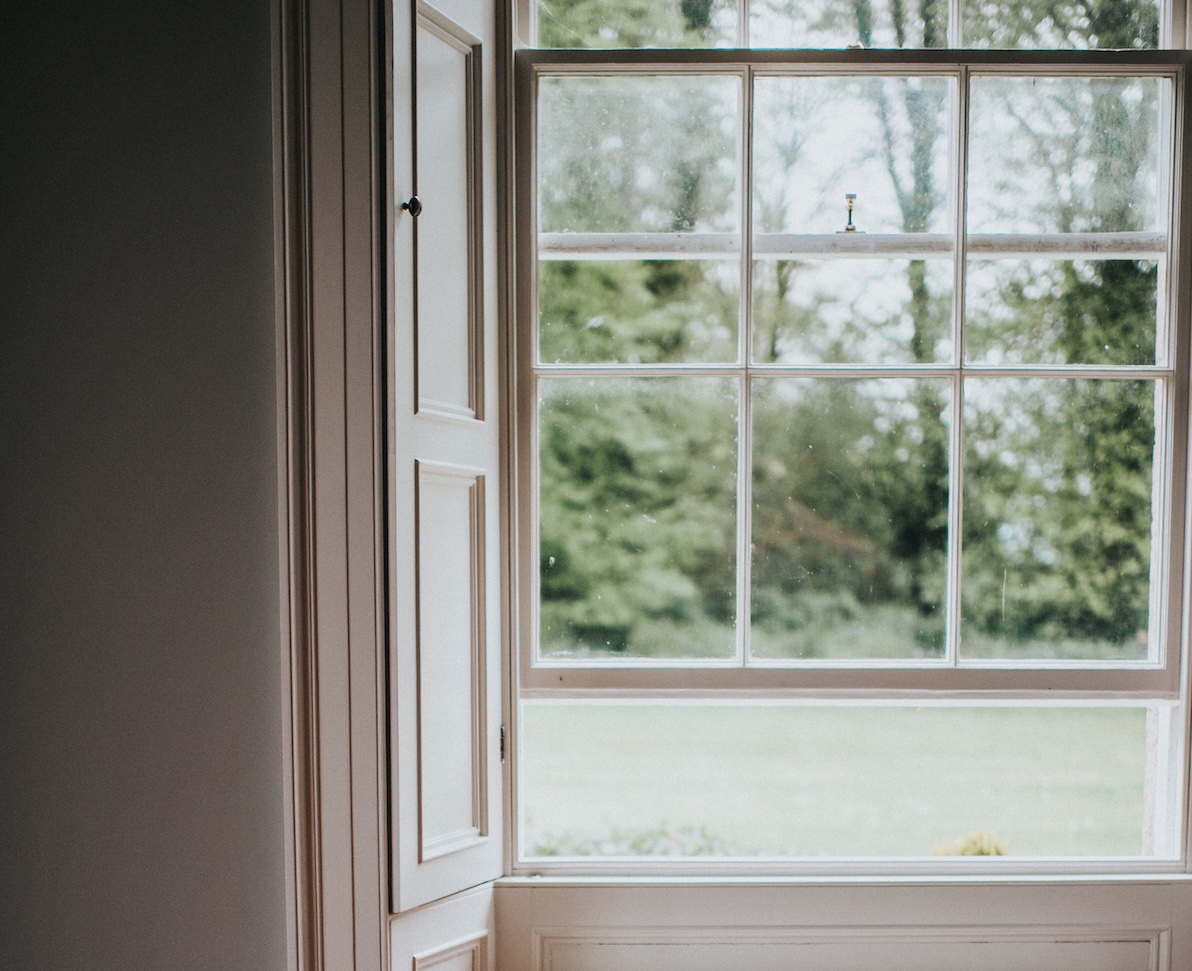
Photo: Catherine Falls Commercial via Getty Images
To achieve what’s known as the stack effect, open the windows on both the upper and lower floors of your home. As warm air exits the upper level, cooler air will come in at ground level (where you might consider sleeping). During the day—though it may seem counterintuitive—close the windows to maintain cooler indoor temperatures.
Cross Ventilate
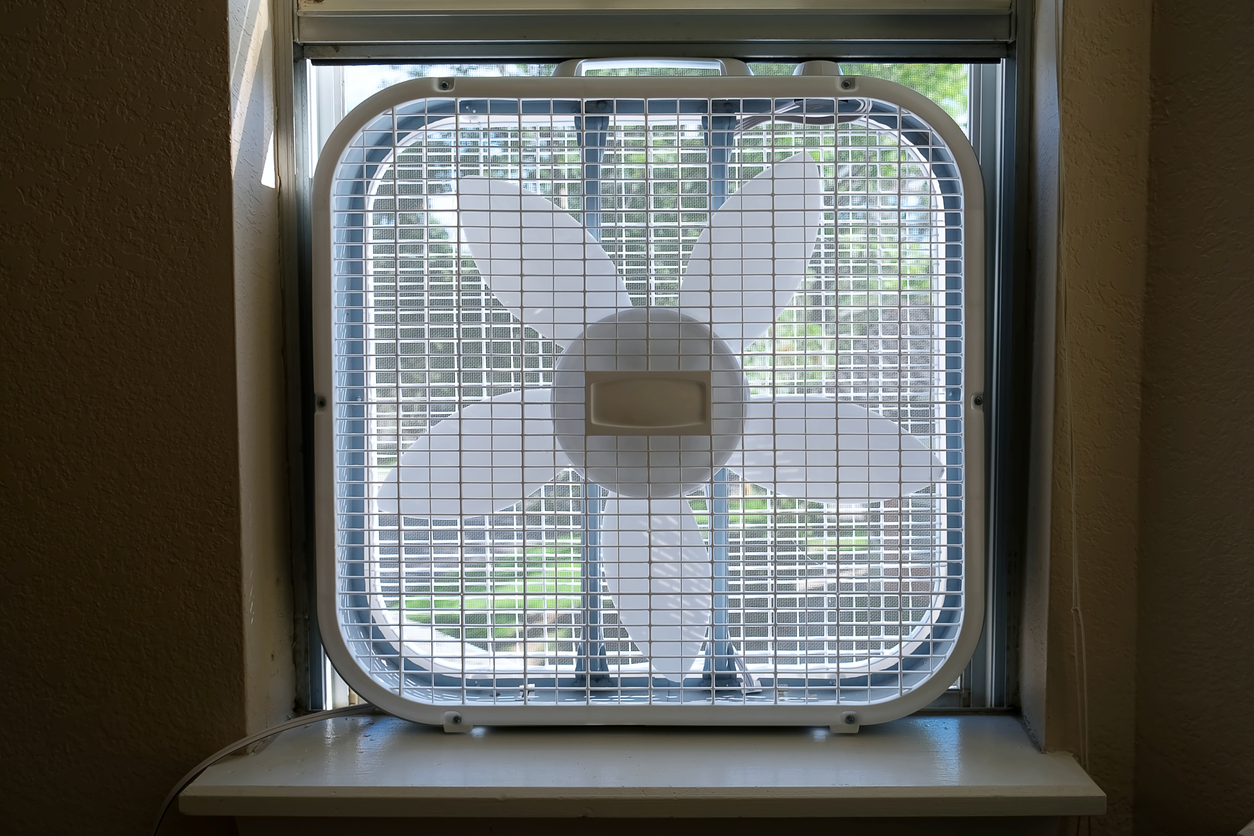
Photo: iStock
If the stack effect doesn’t work for your home then try cross ventilation. Put a box fan in front of a window, blower side in, and another fan at the window on the opposite side of the room, blowing outward, to push away warm interior air. This strategy blows warm air out of the house horizontally, unlike the previous one which works vertically.
Choose the Right Size ACs
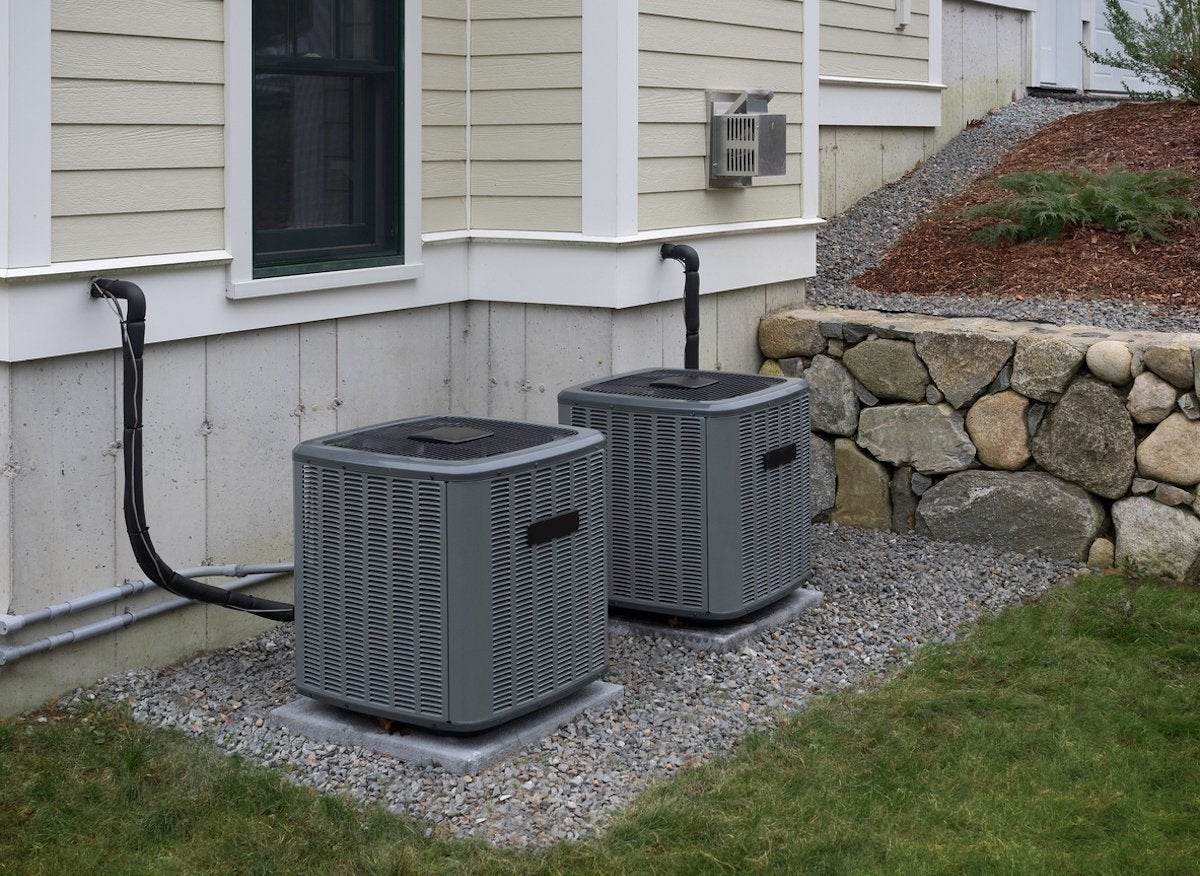
Photo: iStock
Some days, air conditioning is a must—that’s unavoidable. What you can avoid, however, is paying more than is strictly necessary to run your AC. Energy efficient air conditioners are those, first and foremost, that are properly sized for the space. An oversized unit may cool the room quickly, but if it switches off before lowering the humidity, you’re still going to feel clammy and uncomfortable.
Seal Leaks in Ductwork
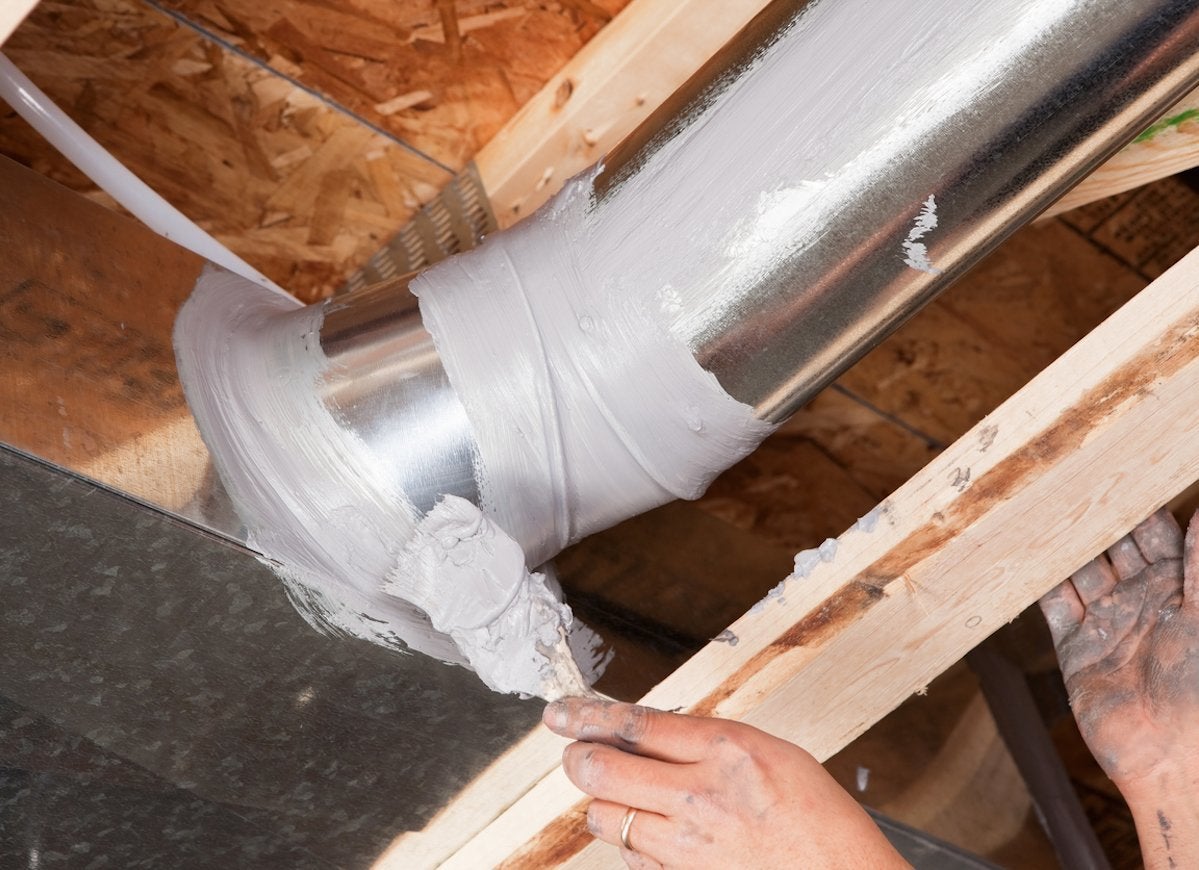
Photo: iStock
Leaks in ductwork can reduce the efficiency of your central air conditioning system by as much as 40 percent. Calling in a HVAC professional may not seem like a good way to save money, but if your electric bills seem exorbitant, it’s worth looking into. In the long run, you’re likely to save more in operating costs than you would have to pay the pro.
Consider an Energy Audit
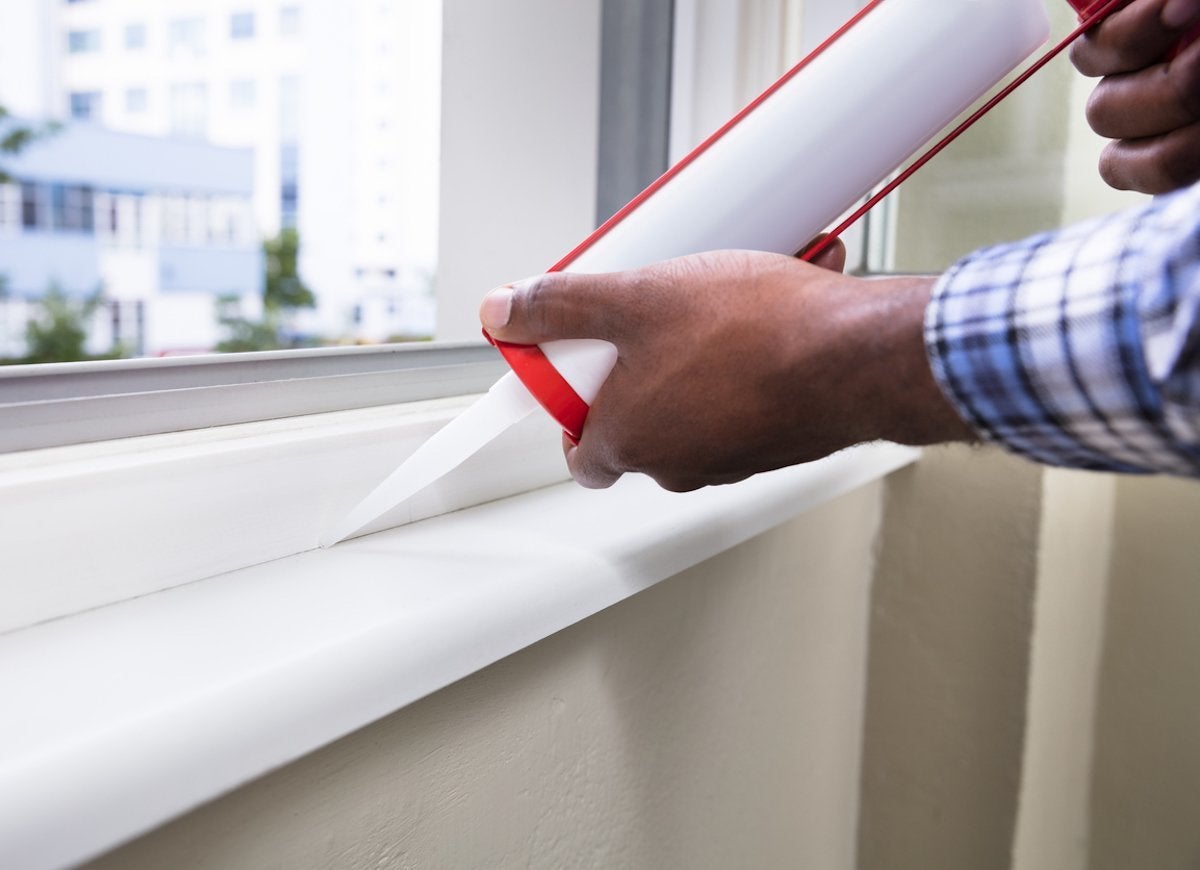
Photo: iStock
It’s not only ductwork that needs sealing. The average house is like a sieve, leaking air all over the place—and in the summer that means cooled air is blowing right outside and driving up your bills. An energy audit can help you identify leaks and cracks around windows, doors, and other holes in the home so you can close the gaps with caulk or foam sealant. Or you can plug air leaks as you encounter them, from the basement on up to the attic.
Swap Out Your Bulbs
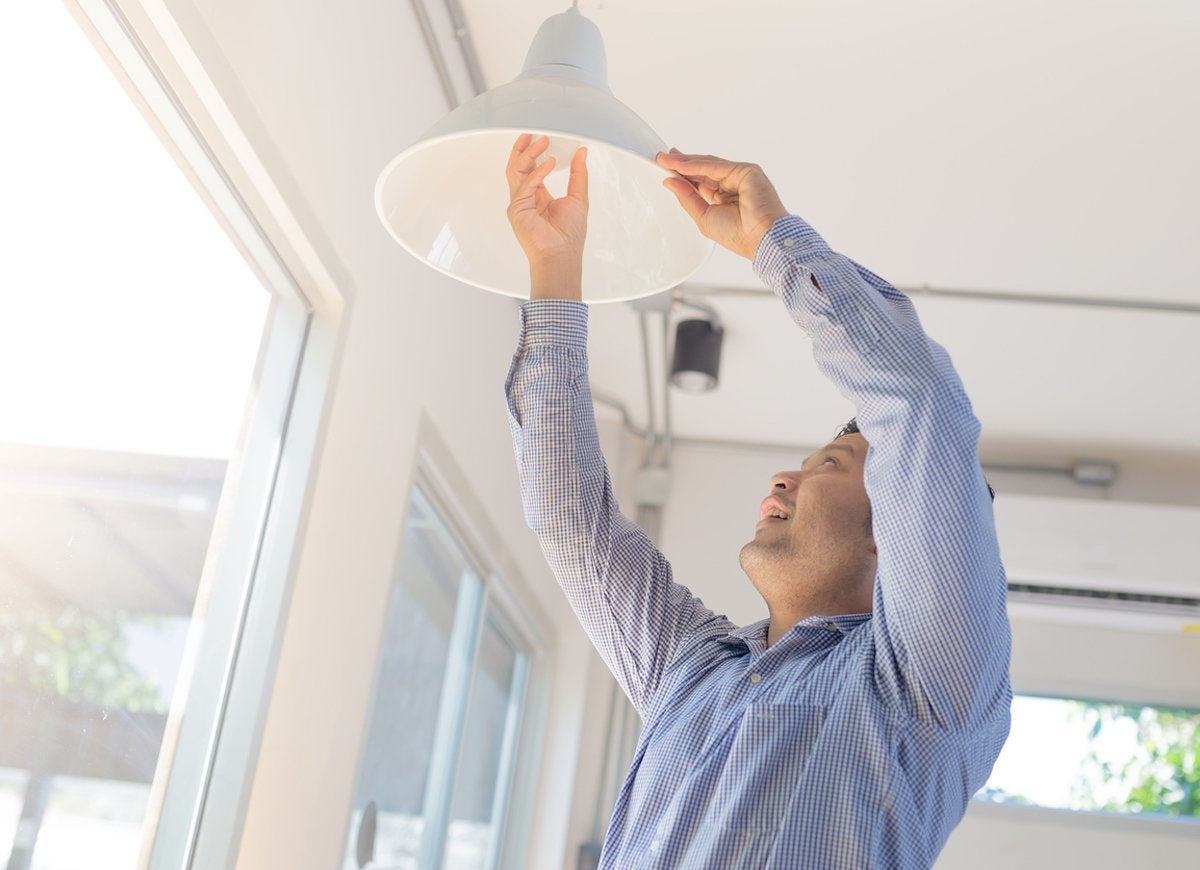
Photo: iStock
If you haven’t already made the switch to LED light bulbs, here’s another reason to do it: they keep rooms cool. Incandescent bulbs and compact fluorescent lights emit more heat than LEDs. Also, don’t forget to shut the lights off when not in use. Every little bit counts when it comes to keeping cool!
Set It and Forget It
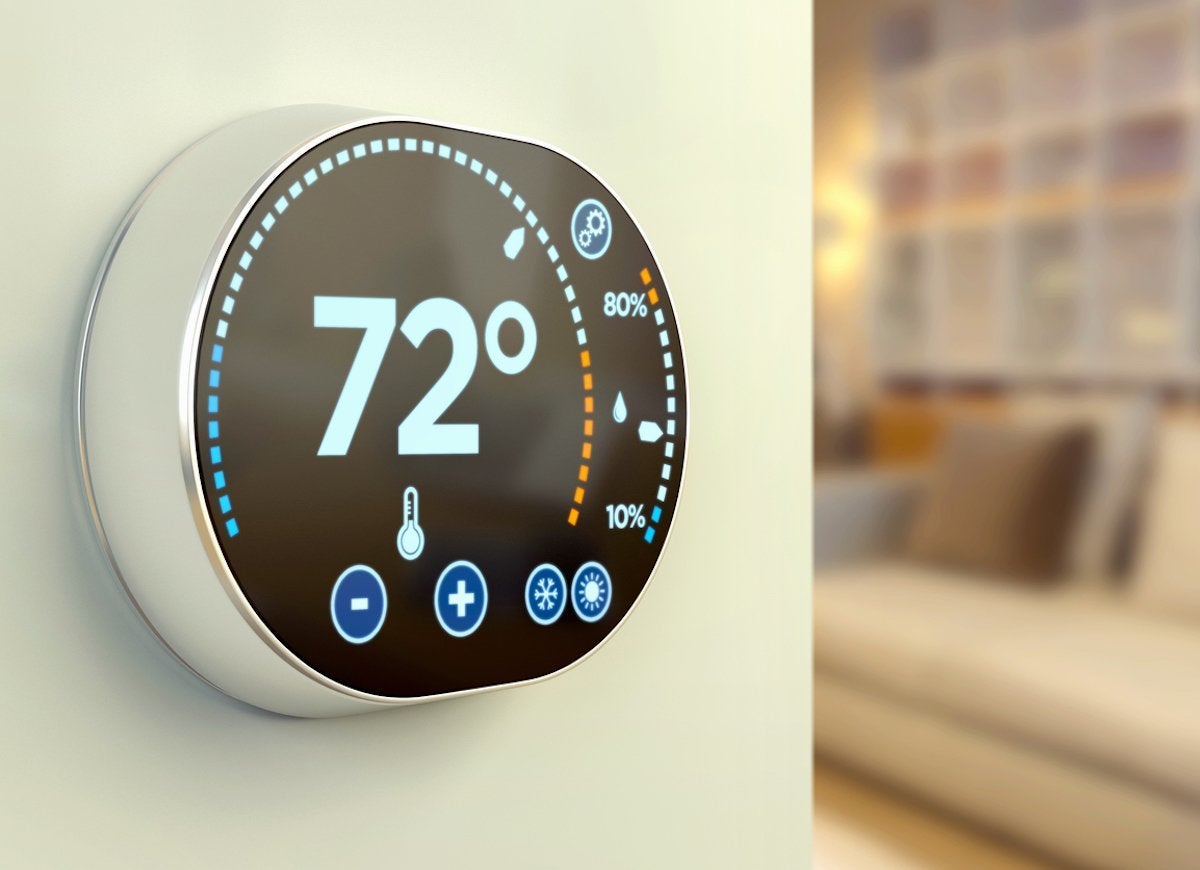
It pays to install a programmable thermostat in your home. There are many affordable options on the market, and even opting for a more expensive model will pay you back in the long run in the form of energy savings. Set the thermostat to a cool default temperature when it knows you’re home and program it to automatically switch to a warmer temperature when you know the house will be empty, like during work and school hours.
Run the Fans
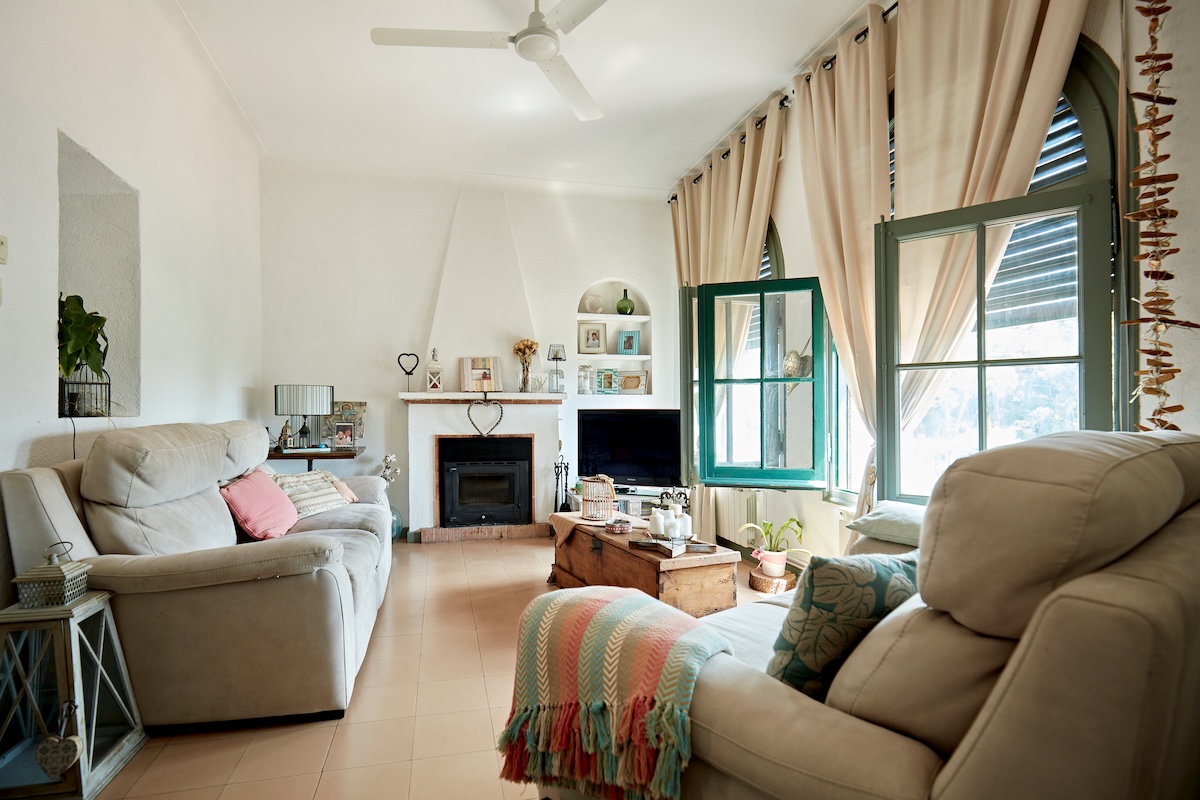
Photo: xavierarnau via Getty Images
When the house feels stuffy on a warm day ignore your instinct to switch on the air conditioner and give fans a try first. Running ceiling fans and portable fans costs a heck of a lot less than blasting the air conditioning. To make the most of this energy-efficient technology, strategically place fans around the house to help blow cool air around.
Change Your Air Filter
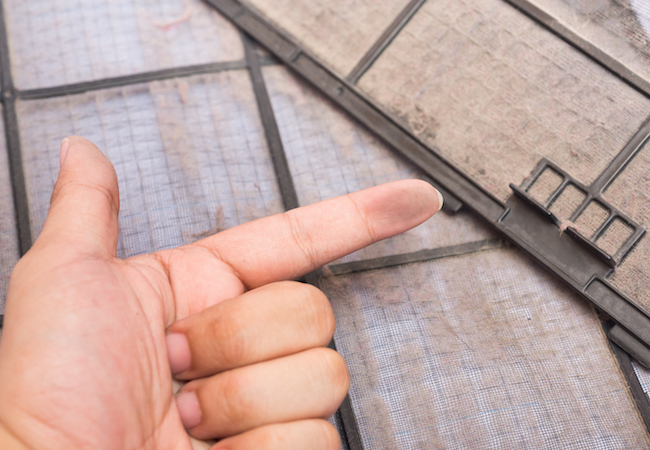
Photo: iStock
Remember to clean or replace your HVAC filter monthly during summer months. When filters are dirty, the cooling system has to work hard to push air through the ducts, which increases energy costs and increases the risk of malfunction. Taking care of this simple maintenance task could save you loads of money in repair costs and help ensure that your cooling system keeps working when you need it.
Don't Cool an Empty House
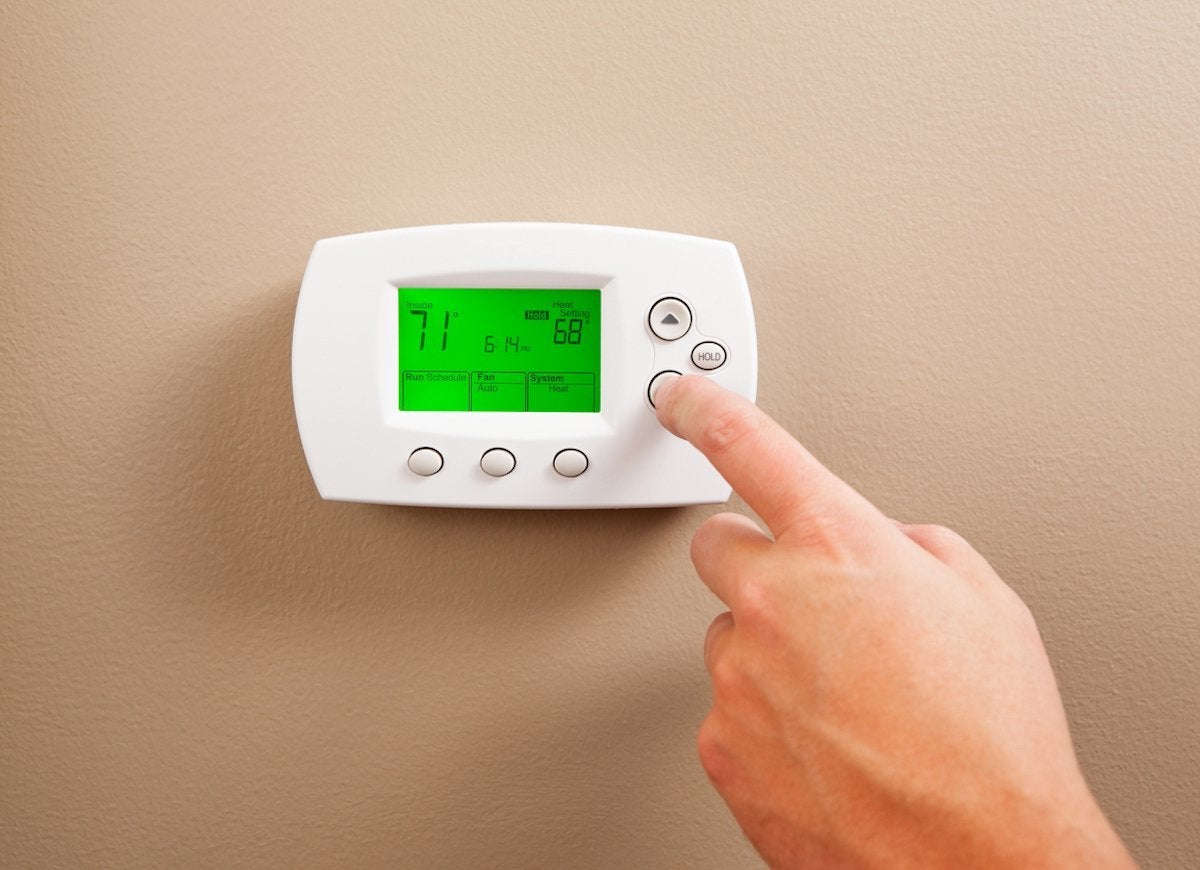
Photo: iStock
Sure, it feels nice to step inside a cool house on a sweltering day, but it’s a luxury to leave the cool air on while you’re not home. Shut off the AC while you’re out running errands; it won’t take that long for the house to cool down once you return and and crank it back on.
Cook Outside
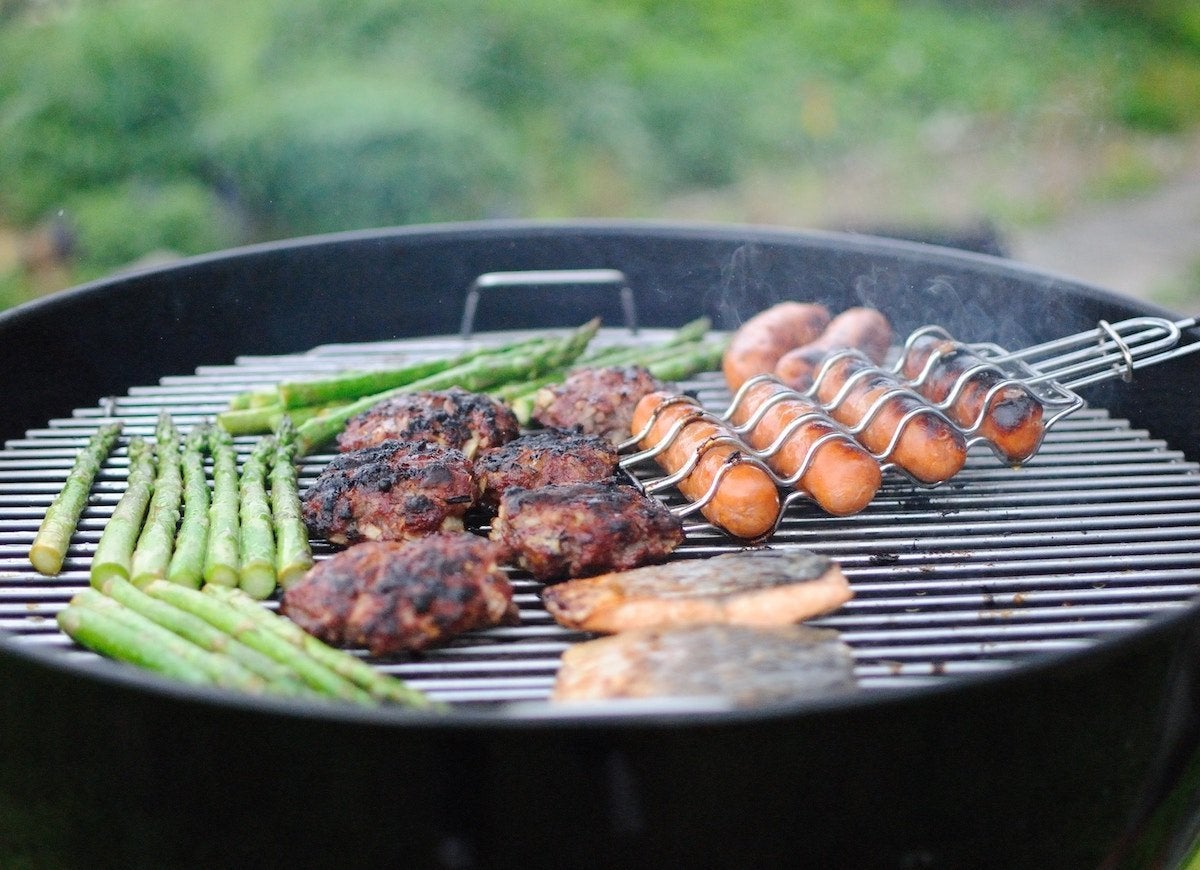
Photo: Declan Rex on Unsplash
Operating the oven or stovetop inevitably generates heat in the kitchen, the heart of any home. Of course, no one would expect you to forego dinner. Instead, opt for lighter meals that can be prepared with little or no heat. If possible, do your more serious cooking over the grill outdoors on your deck, patio, or lawn.
Welcome the Breeze
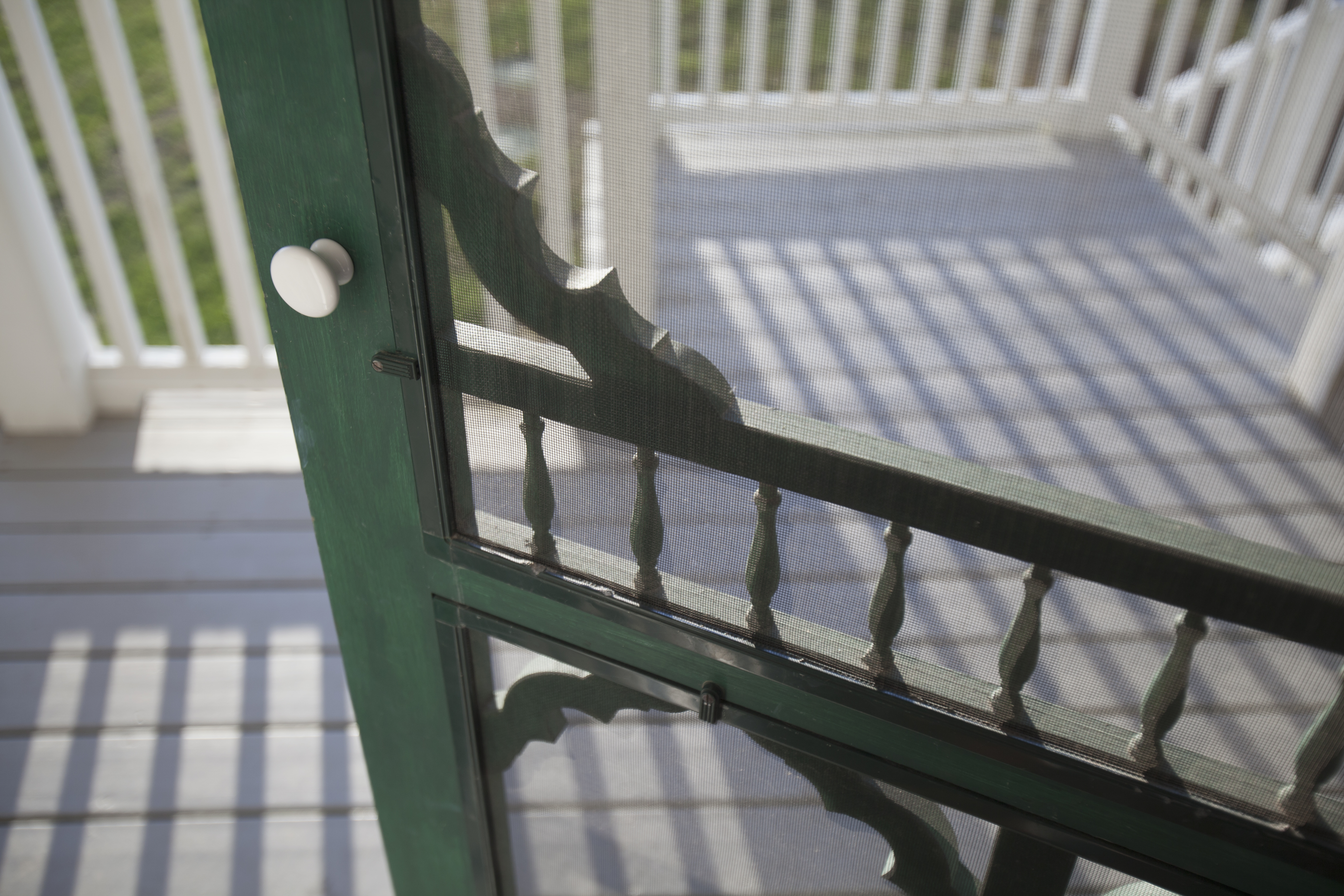
Photo: Huntstock, Inc via Getty Images
Take advantage of a cool breeze wherever you can. Install a storm door with screen panels or a magnetic screen door so you can leave your doors open just as you do with your windows.
Dial Down Daytime Chores
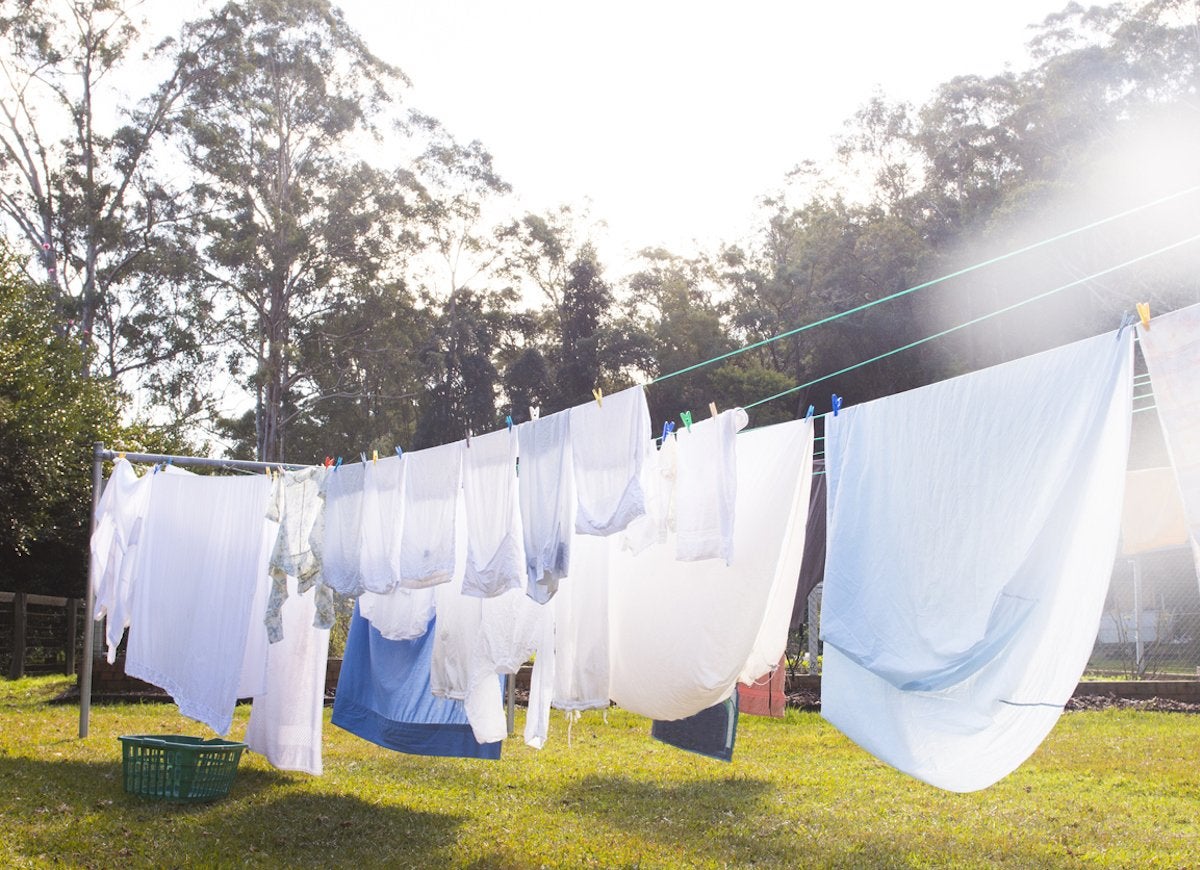
Photo: iStock
You might not notice a considerable difference, but when the major appliances in your house are running the temperature inside spikes. Try to give your AC a break by running the washing machine, dryer, and dishwasher early in the morning or at night when it’s typically cooler out. In addition, try only running full loads in the washing machine and dishwasher, and opt to line-dry your clothes.
Pick an Efficient Model
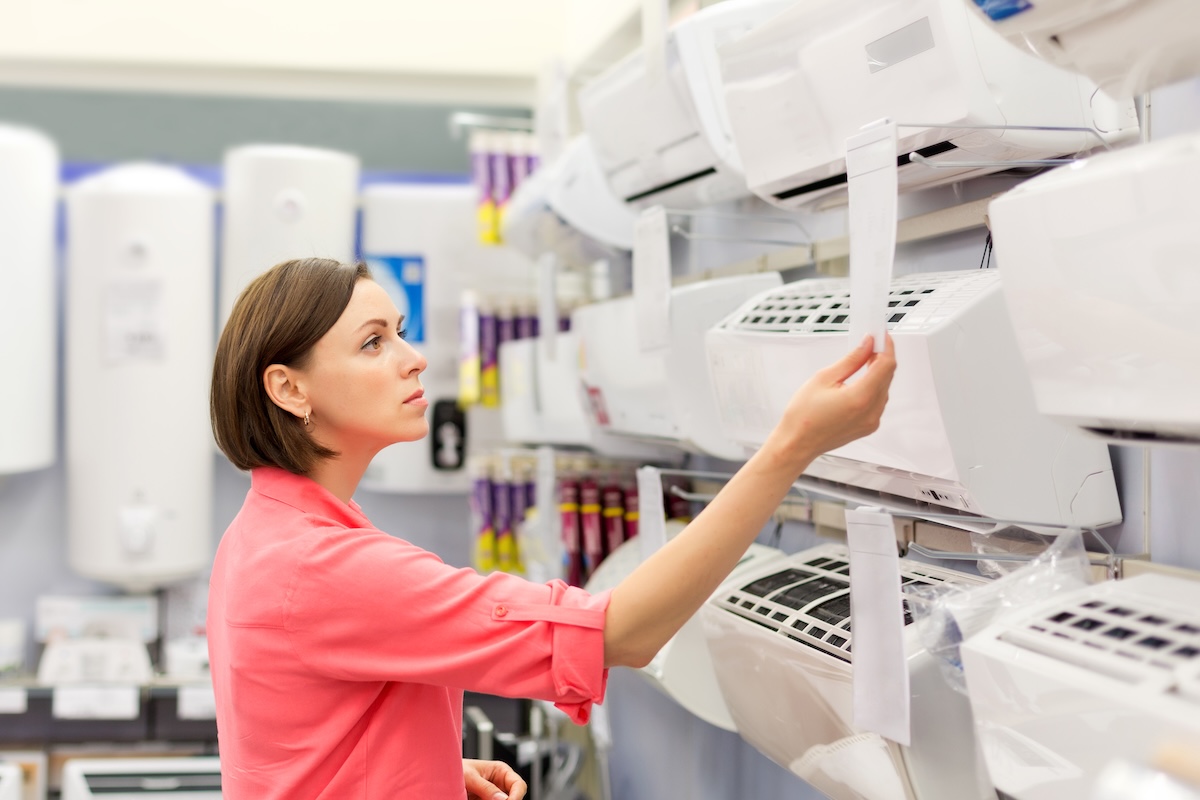
Photo: 97 via Getty Images
When it’s time to get a new air conditioner or replace an old one always be on the lookout for a model with the Energy Star seal. This government-backed label indicates that the appliance meets an energy efficient standard. Not only will this help you save money, but some energy companies offer rebates. You can also find the seal on ceiling fans, thermostats, and light bulbs.
Mind the Doors
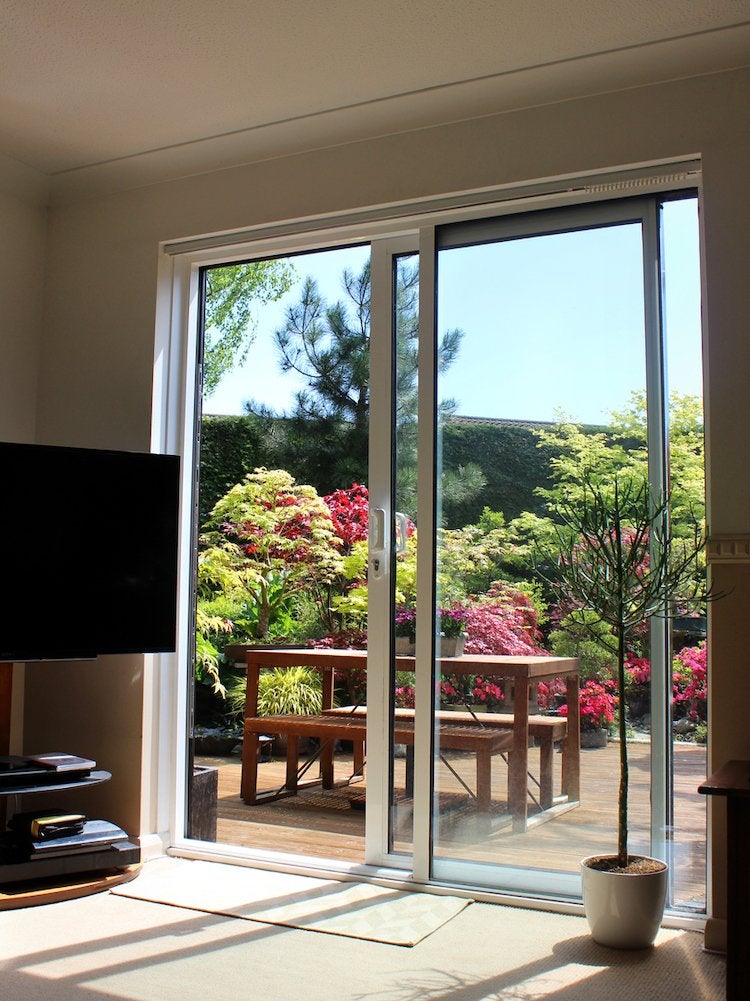
Photo: iStock
It should go without saying that if the AC is on you should shut the windows and close the back door. But what you do with the interior doors all depends on the type of AC unit in your house. For central air, leave the doors open to help the system keep the temperature balanced throughout the home. For a window or portable unit, keep the door of the room it’s in closed. This system pulls air from the room and circulates it back out cool, so if warm air leaks in the unit is forced to use more energy.
Bring On Evaporation
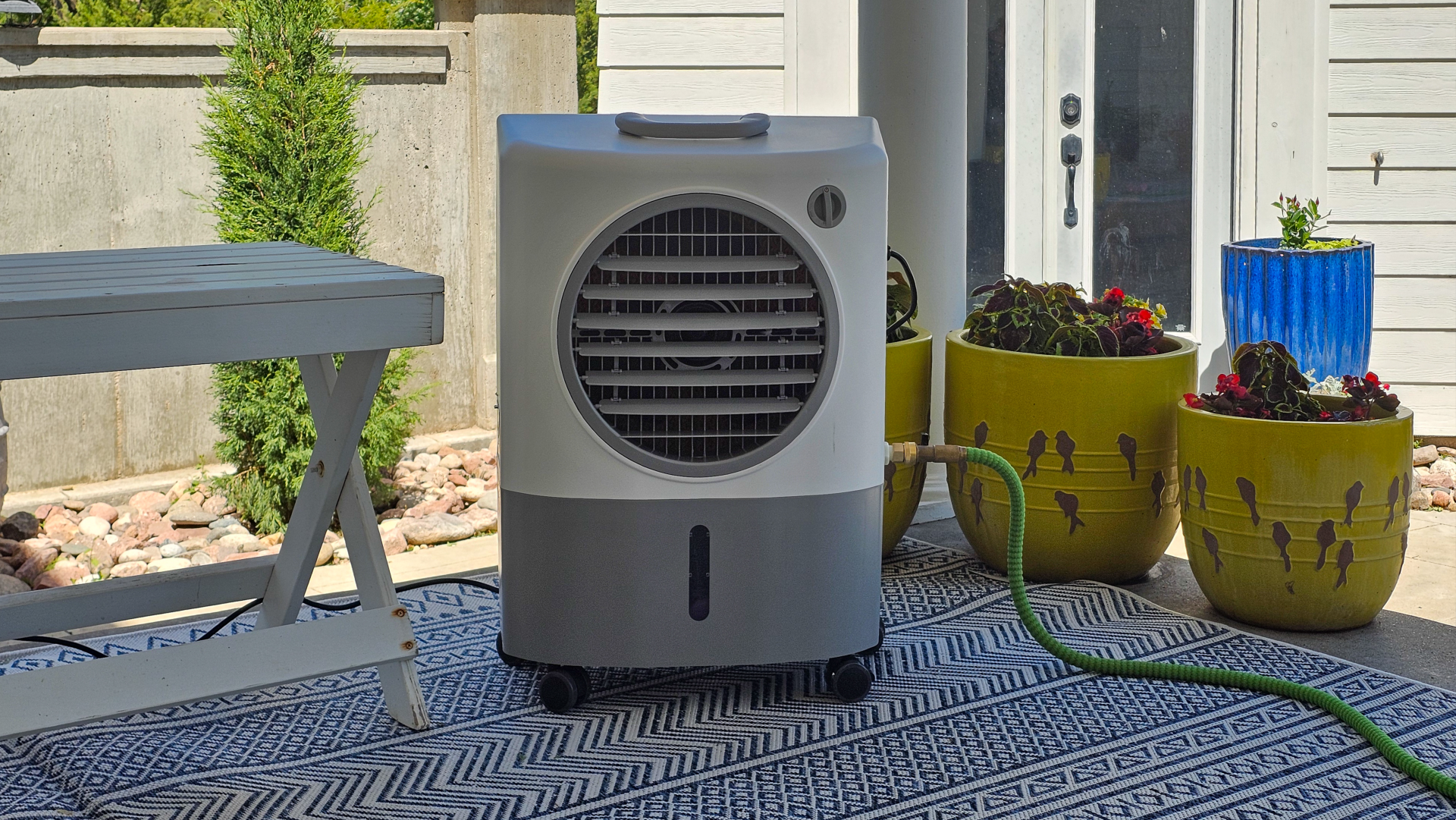
Photo: Glenda Taylor for Bob Vila
Evaporative coolers are making a comeback of sorts, particularly in dry climates, where these simple machines can lower the air temperature by 5 degrees or more by blowing air through wetted pads. No, evaporative coolers are no substitute for air conditioning on a sweltering day, but they are cheaper to operate when the heat is not extreme.
Turn off Fans
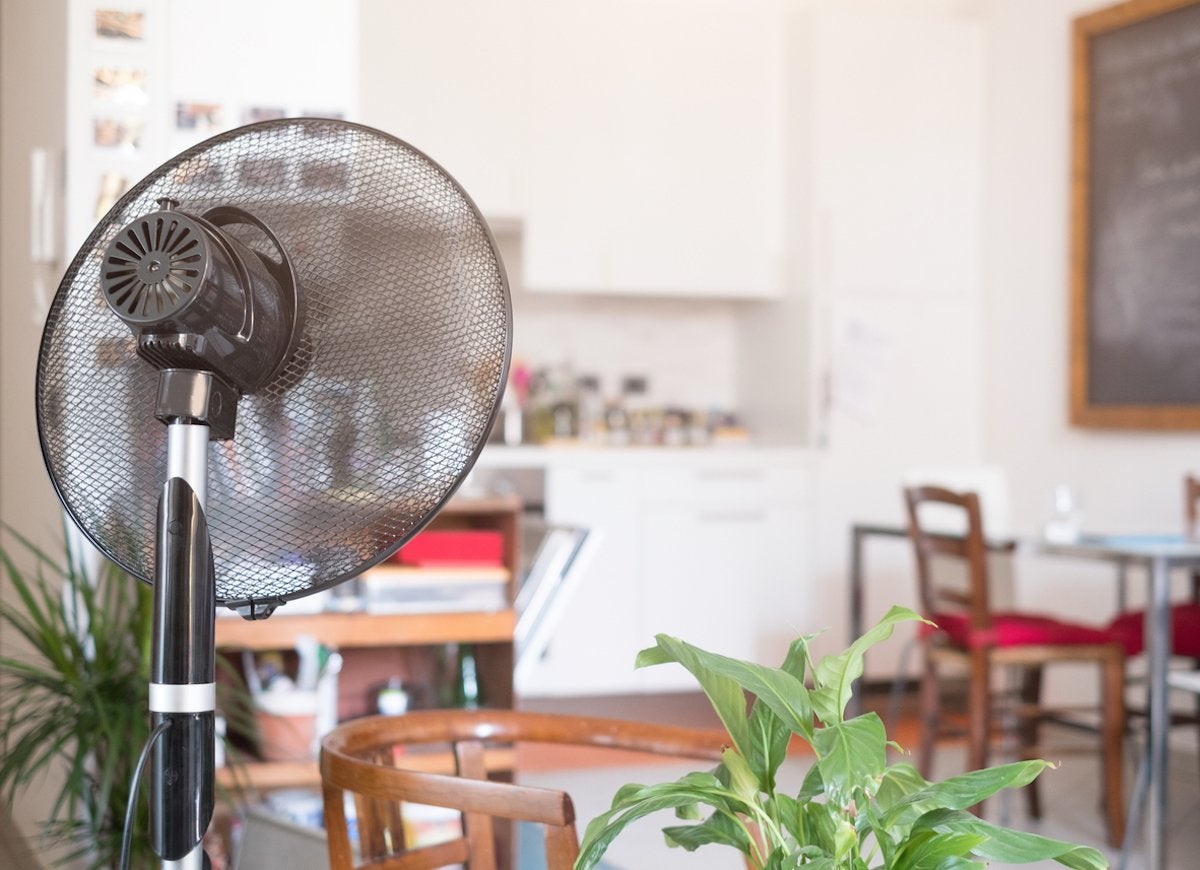
Photo: iStock
You might think you’re cooling a room by leaving the fans on when you leave, but in reality it’s just wasting energy. Fans blow around cool air that creates a wind effect, which in turn cools people down, but not the room. Turn off tower fans and other portable fans if you’re in a different part of the house or just not home.
Air Out the Bathroom
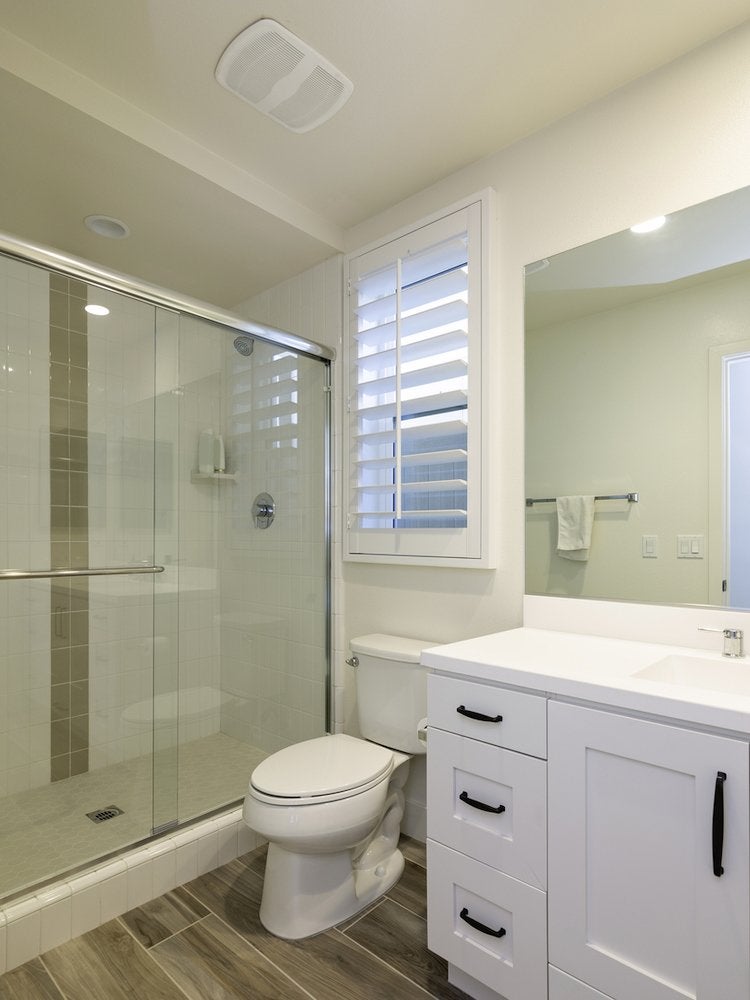
Photo: iStock
Turn on the bathroom fan after you shower to quickly reduce the heat and humidity. It helps even more if you can keep your showers short and use cooler water than you would in the winter.
Keep Electronics Away From the Thermostat
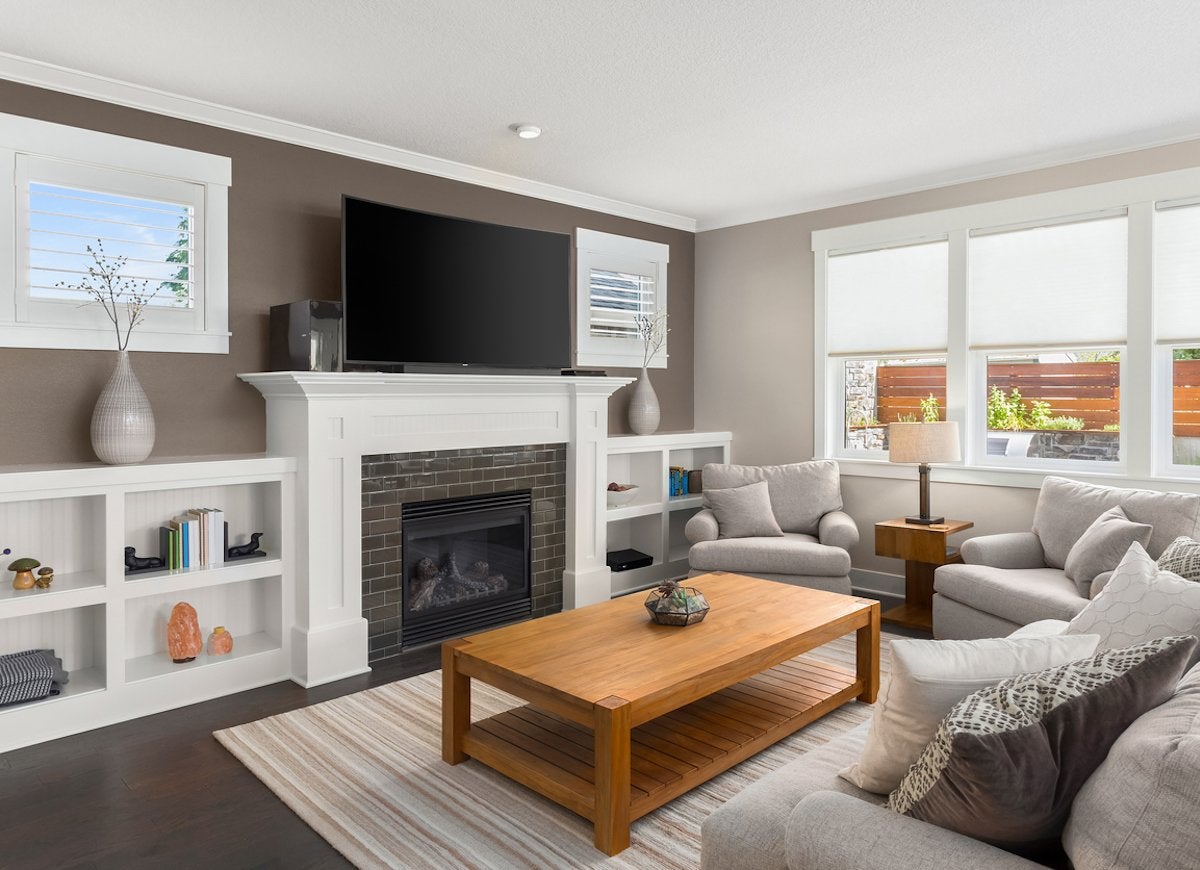
Photo: iStock
It might seem like a minor detail, but keep lamps, appliances and electronics like TVs and computers away from the thermostat. The thermostat can sense the heat generated from these things, which will make the AC think the room is warmer than it is.
Check the Vents
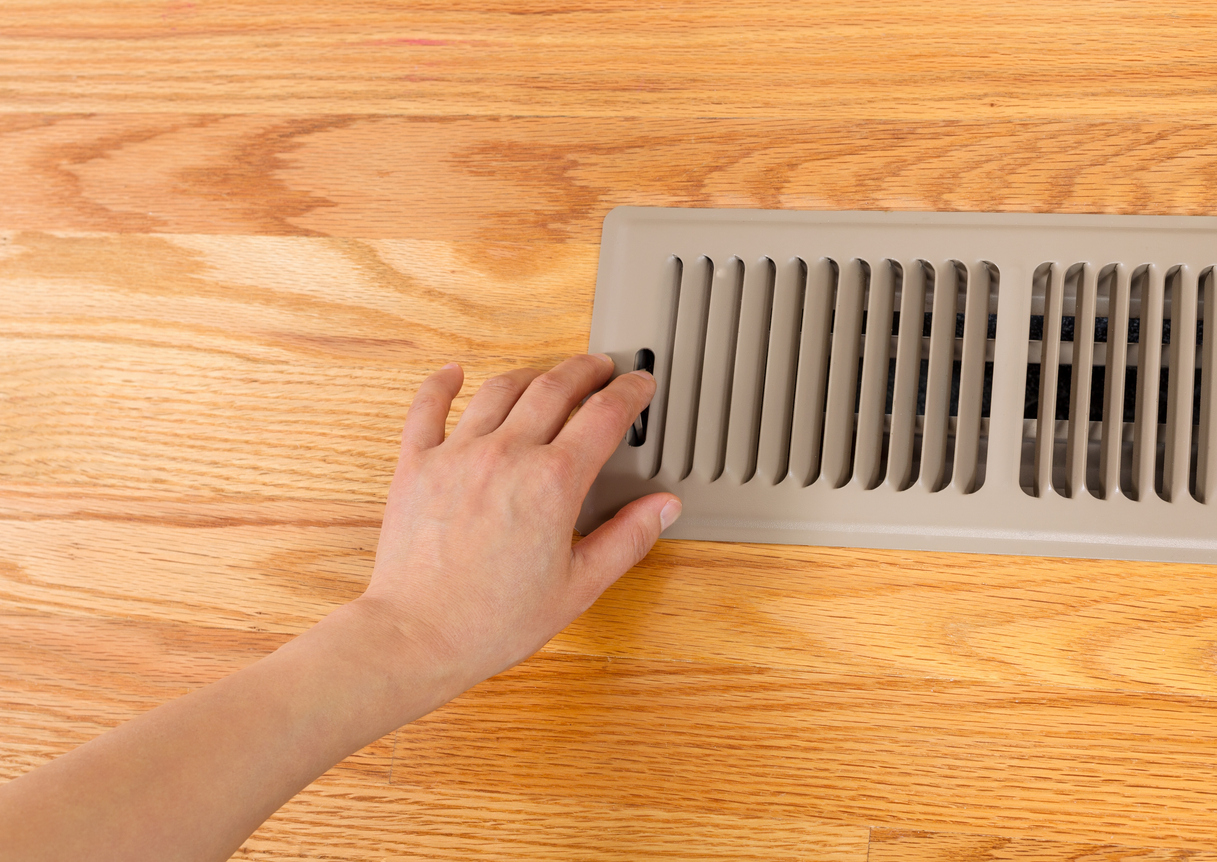
Photo: iStock
It’s hard to feel cold air blowing into the room if the registers are blocked. Instead of mistakingly thinking your AC is broken or that you need to lower the temperature even more, make sure the air is able to blow through. While you’re checking them out, give them a vacuum to remove dust buildup.
Turn Down the Hot Water Heater
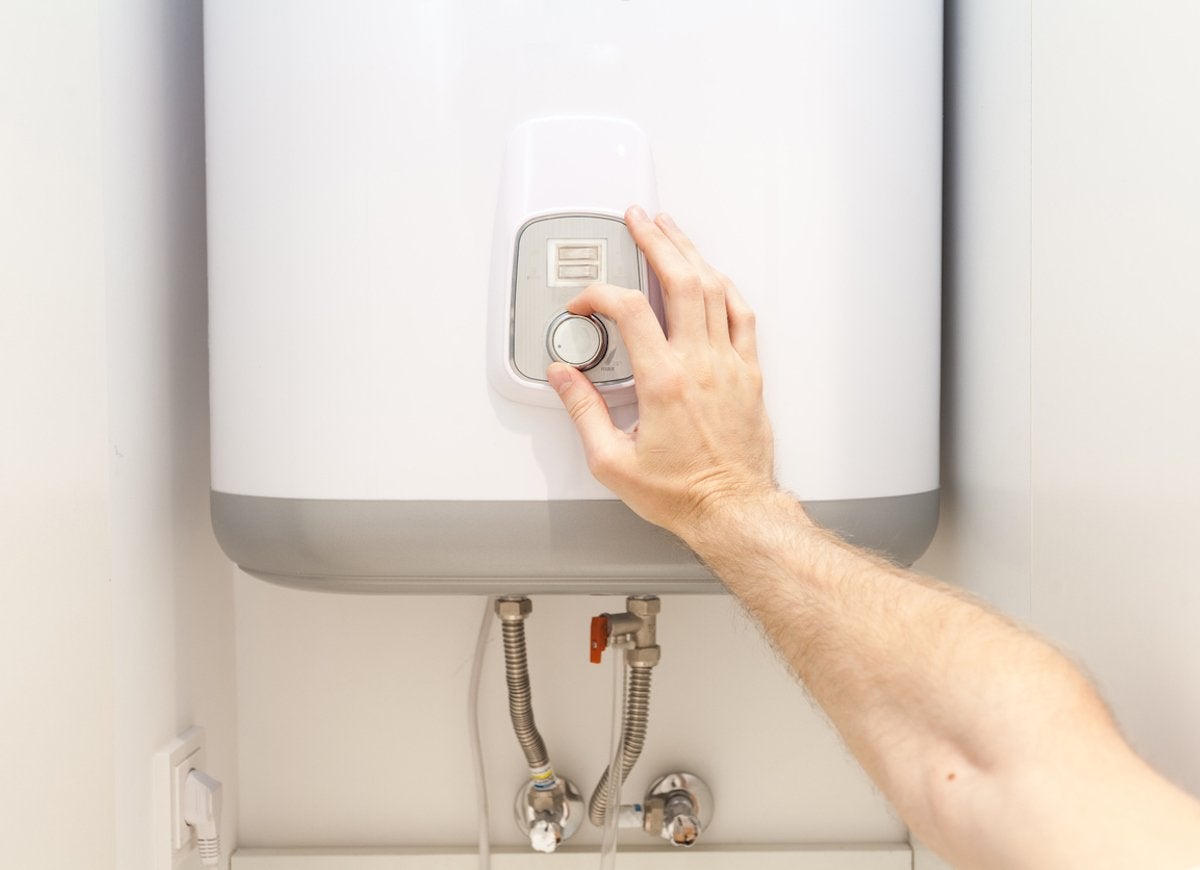
Photo: iStock
According to the U.S. Department of Energy, water heating accounts for about 18 percent of the energy consumed in your home. Since there’s no need to take long hot showers or baths in the summer, now’s a good time to turn your water heater down to a more temperate setting.
Hang Out Downstairs
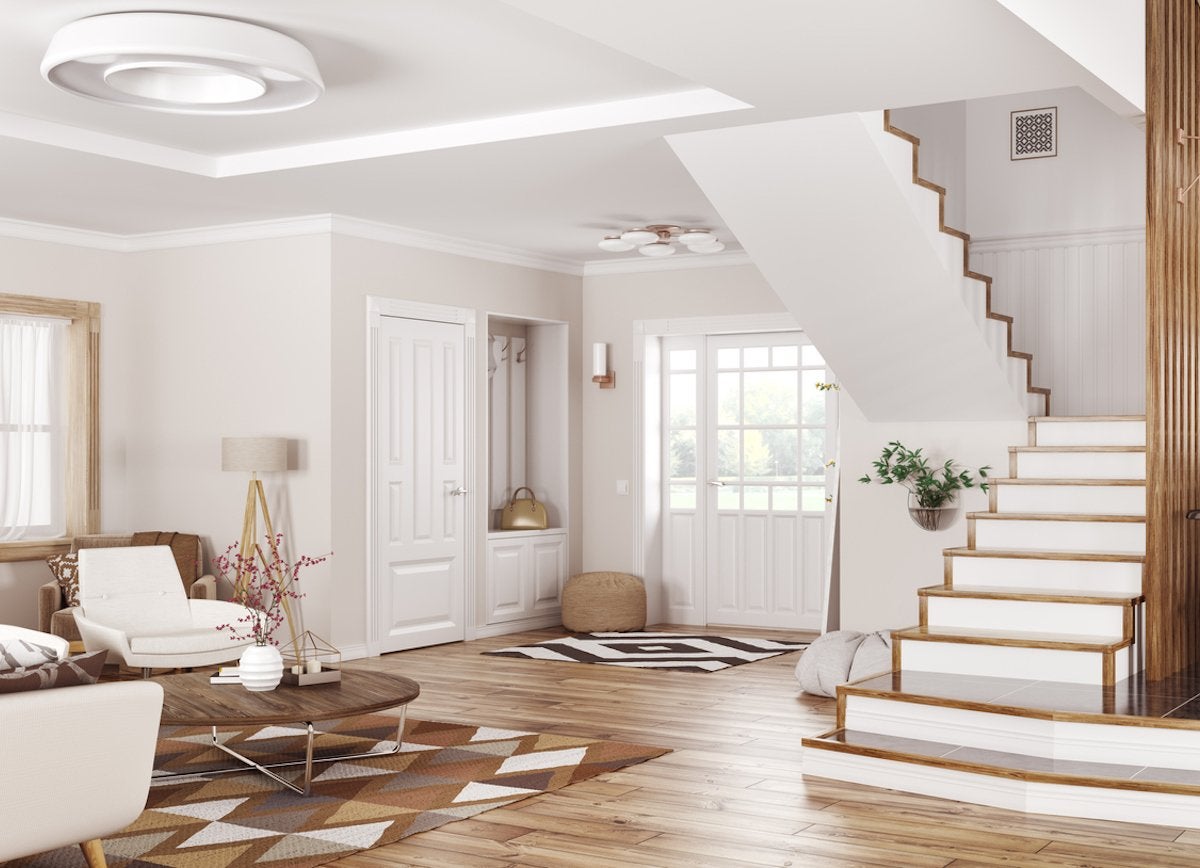
Photo: iStock
It’s basic knowledge that heat rises, so consider spending more of your time on the lower level of your house to stay comfortable. Even if the AC is on it often takes longer for that cool relief to travel upstairs. Rather than feeling the need to aggressively lower your thermostat so the upper level is the same temperature as the rest of the house, just hang in the finished basement (or any space on the lower level of your house) where it already feels good.

The Homeowner Survival Kit
This year’s Bob Vila Approved is a hand-picked curation of tested, vetted, must-have essentials for surviving homeownership today.